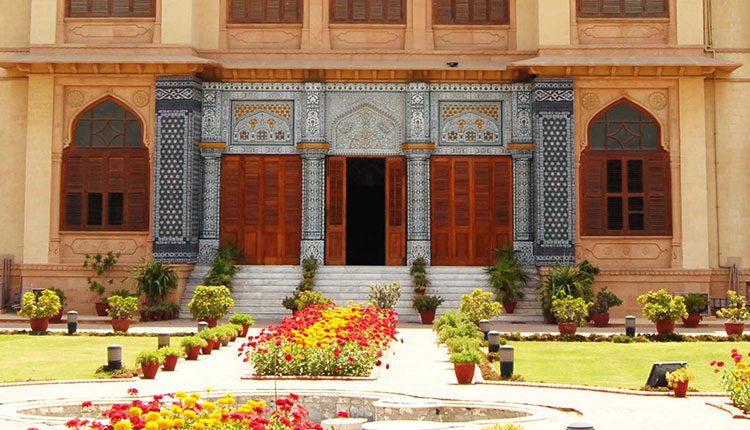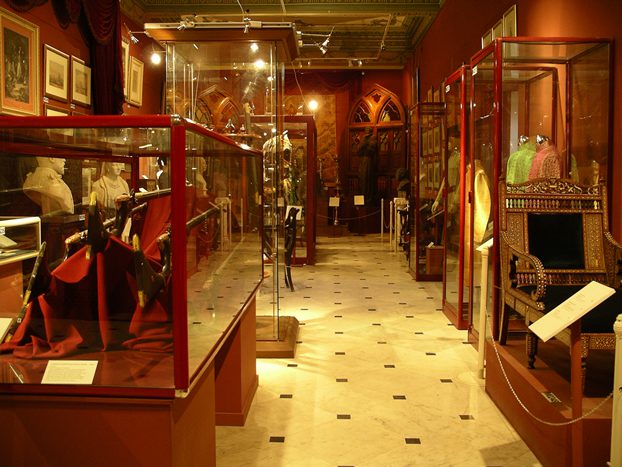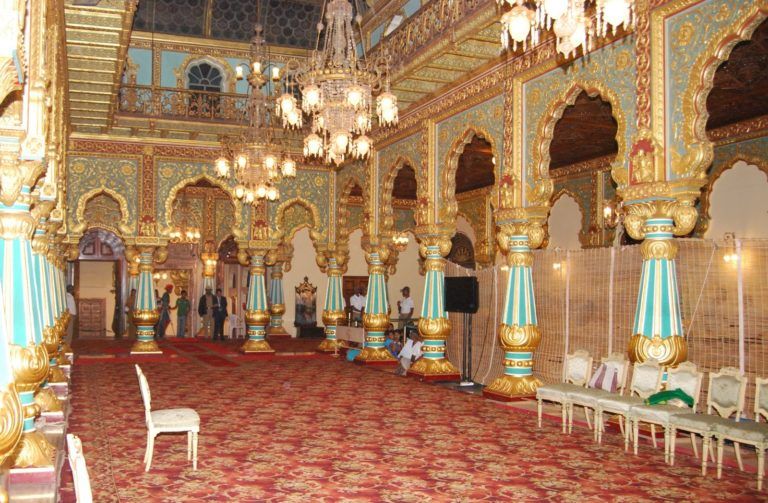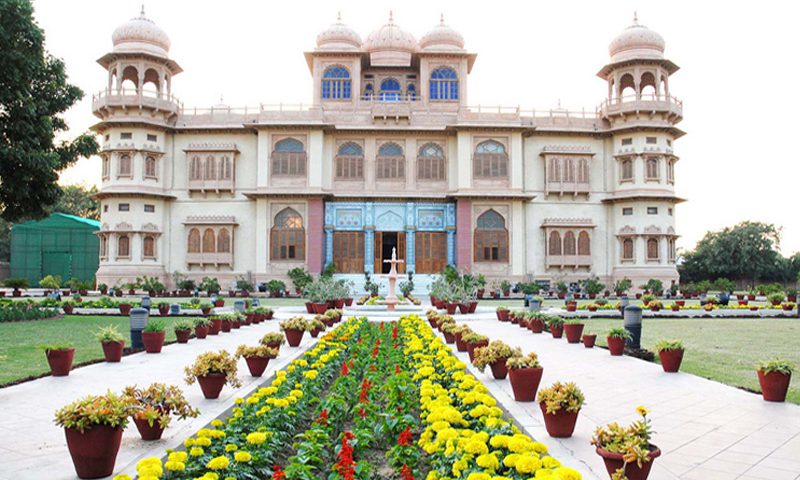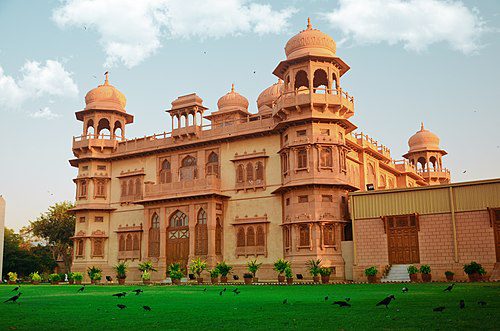
Karachi is a beautiful city, rich in exotic places and famous places that you can visit with family and friends to have fun and knowledge. There are several places where have detailed architectural works made many years ago, even before the partition of Pakistan and its independence. Among the many fashionable districts of Karachi, Clifton is one of the favorite places where the richest families of the city like to live. There are many exotic places in Clifton, but there is one building that looks like a palace and is a legacy of past times before partition and is one of the most attractive places for people close to the architectural world. Mohatta Palace was built in 1927, by the Shivratan Chandraratan Mohatta, who was a wealthy businessman and built this charming building for the love of his life, his wife. There is a beautiful story behind its existence, as well as rumors that the palace is haunted. The famous Mohatta Palace building is a museum located in Karachi. It was built near the posh seaside area of Clifton by a wealthy businessman, a Hindu Marwari named Shivratan Chandraratan Mohatta. It is located in the old Clifton area at Hatim Alvi road. After independence, this palace was used by the sister of Qaid – i- Azam Mohammad Ali Jinnah, Fatima Jinnah, as her residential area until her death in 1967. The palace was designed by architect Agha Ahmed Hussain. It is built on an area of 18.500 square feet, and the front is decorated with beautiful windows, lintels, stone brackets, balustrades with floral motifs, domes and exquisite railings. In total, you can see nine domes, where the dome is located in the middle of the building, and the windows in the front of the palace overlook a beautiful garden. The palace is designed with delicacy and made of teak wood, has a polished staircase doors opening within doors, and long corridors of unique design. On the ground floor of the palace you can find large majestic rooms that are designed exclusively for entertainment purposes, whereas the first floor consists of private facilities. This palace is designed in the traditional way of that era with Rajasthan masonry with a combination of pink stones of Jodhpur and local yellow stones from Gizri. The peacock motifs in the masonry are worth looking at and inspire fear. Hibiscus flower motifs are carved between rectangular shapes under all windows. The motif of calendula flowers is precisely carved on the doorways. The whole palace is made on three different levels, the basement, ground floor, and the first floor, till you reach the beautiful roof. You can find a basement on the north side of the building, which is quite small in size and consists of a staircase goes down to the hot water chamber, which is connected to a changing room. On the ground floor of the Mohatta Palace there are several large rooms designed for entertainment purposes. There is a spacious and airy corridor with huge walls that has ornate ceilings and a staircase that connects to the first floor. The first floor has private facilities such as four large bedrooms that have attached restrooms and dressing rooms. The long corridor is connected to a staircase that takes to the rooftop. There are four octagonal towers on the roof, which makes the palace one of the most beautiful creations of that time. In 1927, successful entrepreneur Marwari, shipowner and merchant Shivratan Chandraratan Mohatta built this beautiful palace near the sea. The architect of the palace was the first Muslim architect of India who came from Jaipur to design it. Agha Ahmed Hussain had previously designed many buildings in Karachi, but the Mohatta Palace was an important milestone in his career. Shivratan Mohatta lived in this palace for only two years and left Karachi for India in 1947, during the partition. The palace was then acquired by the Government of Pakistan for managing its Foreign Affairs. When in 1964 the Ministry of Foreign Affairs moved to Islamabad, this palace was given to Ms.Fatima Jinnah to live. After her death, her sister Shireen Bai lived there till her death too and then was sealed until it was bought by the Government of Sindh. Thus it converted into a museum after that was supposed to foster pure awareness as well as an appreciation of the heritage of cultural values of Pakistan and its regions. Since then, many exhibitions have been held in the palace, and it is one of the famous tourist destinations for people visiting Pakistan.
